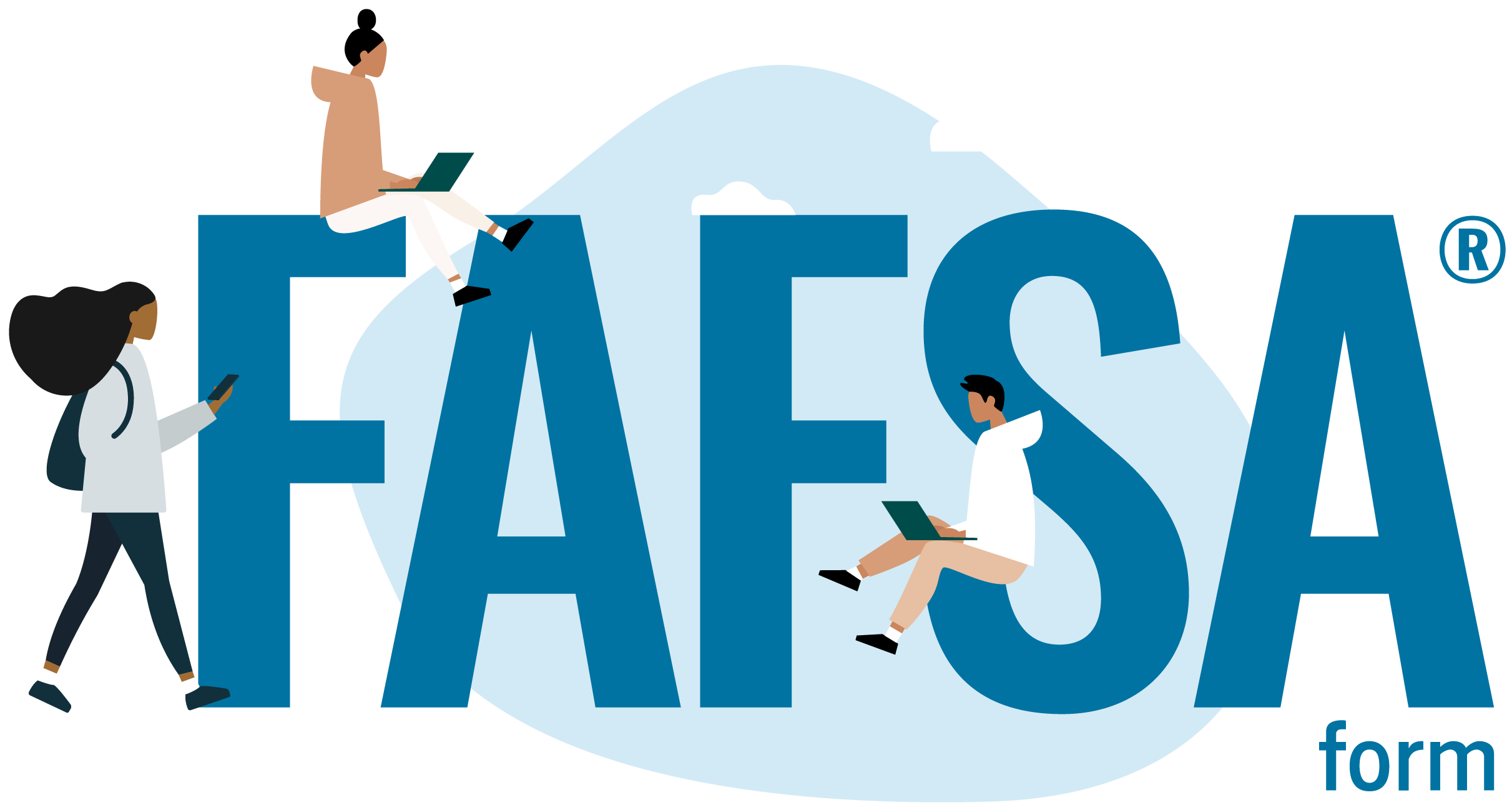Summary
This topic paper details how dual and concurrent enrollment programs can help states overcome workforce readiness and postsecondary access and completion challenges and how governors can strengthen these programs by using their bully pulpit, agenda setting authority and budgetary authority to do so. It concludes with a number of examples of how governors are acting to strengthen equity and access to these programs. It also includes a number of resources for interested policy makers.
Introduction
America faces crises in both workforce readiness and postsecondary access and attainment. Projections indicate that while the percentage of jobs requiring a postsecondary credential continues to rise, businesses will continue to face shortfalls in filling these positions with workers who meet their criteria. And the outcomes for those who do attend college are less than optimal – fewer than 6 in 10 students who enter college go on to graduate, and students who drop out are more likely than graduates to experience difficulty paying off their student loan debts. For those who do graduate, their student loan debt can impose a heavy burden on their future finances, leading many to put off key life decisions such as buying a house or having children.
Key Insights
- — Dual enrollment programs offer states an opportunity to overcome workforce readiness and postsecondary access and completion challenges.
- — Governors can strengthen dual enrollment programs by using their bully pulpit, agenda setting authority, budgetary authority, and appointment authority.
- — In strengthening these programs, governers should consider a holistic framework that incorporates six key areas: (1) equity goal and public reporting, (2) course access and availability, (3) navigational supports and advising, (4) program integrity and credit transfer, (5) instructor capacity, and (6) financing.
Additional Resources
- Transition to College Intervention Program
- The institute for Education Sciences (IES) reviewed the research data on college in high school programs and provides the most comprehensive review of the existing evidence about the effectiveness of “college in high school” programs.
- Rethinking Dual Enrollment to Reach More Students
- Education Commission of the States (ECS) provides a review of promising practices in the states to reform policies related to “college in high school” programs to make them more available to low-income students and those underrepresented in higher education.
- State Policy Framework for Dual Enrollment
- The College in High School Alliance provides a roadmap for state policy in the categories listed in this paper to advance equity and quality as it relates to these programs.
- How to Scale College in High School: A State Policy Guide for Implementing Dual Enrollment and Early College Designs Under the Every Student Succeeds Act (ESSA)
- The College in High School Alliance provides recommendations for how the federal ESSA law can be leveraged to support these programs, as well as state policy best expansion practices.












